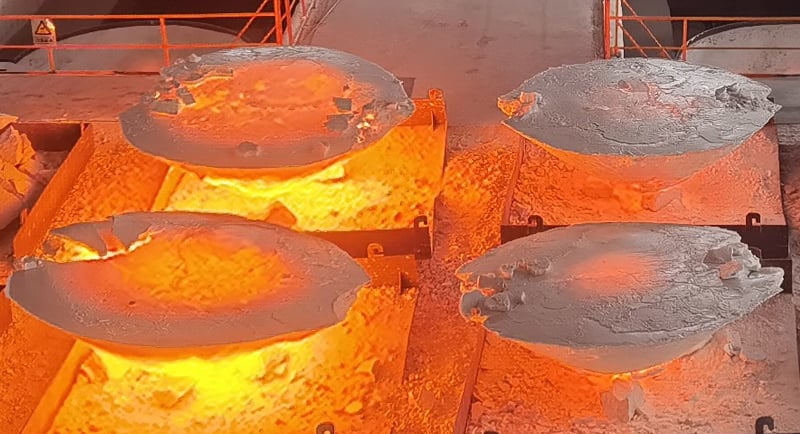2025 First Half Abrasives & Raw Materials Market Analysis Report — White Fused Alumina
In summary, the white fused alumina market stayed strong during the first half of 2025, supported by tight supply and solid downstream demand. Producers are focusing on stable output, cost management, and overseas market expansion. Buyers should pay close attention to raw material trends and secure supply in advance to mitigate volatility.
XINLI ABRASIVES
7/4/20252 min read


1. Macro Background
In the first half of 2025, the global manufacturing sector maintained a mild recovery trend following a modest rebound in late 2024. Inventory destocking in North America and Europe was largely completed, leading to a gradual release of downstream demand, though overall recovery remained cautious. Markets in Southeast Asia and India continued to show faster growth, driving up demand for premium abrasives, especially high-grade white fused alumina (WFA).
On the supply side, China, as the world’s main WFA producer, continued to face tight production capacity due to energy constraints and stricter environmental policies, which helped keep prices firm.
2. White Fused Alumina Price Review
🔹 Price Trend
January–March 2025: Limited production during the Chinese New Year holiday and regional power restrictions led to lower operating rates and tighter inventories. Prices increased slightly by 3%–5%.
April–June 2025: With rising temperatures and stricter environmental controls in some areas, WFA prices remained at relatively high levels with mild fluctuations. Local adjustments occurred but the overall market stayed firm.
Compared to the same period in 2024, the average ex-factory price of WFA (Al₂O₃ ≥ 99.5%) segment sand increased by approximately 5%–8%.
🔹 Cost Factors
The main cost drivers for white fused alumina remain industrial alumina, electricity, and labor:
Alumina: Industrial alumina prices were volatile but overall stayed strong, supporting WFA costs.
Electricity: High energy consumption and fluctuating power tariffs kept production costs under pressure.
Environmental Compliance: Continued strict requirements for emission and dust control increased operational costs and limited some small and mid-sized producers.
3. Supply & Demand
Supply:
Major production areas (Henan, Shanxi, Guizhou) maintained an average operating rate of 70%–80%. Some small producers had unstable output due to environmental upgrades or weak orders.
Demand for high-grade fine powders (e.g., WFA micro powder above 1000 mesh) remained steady, with some producers’ orders already booked through July.
Demand:
Downstream sectors such as refractories, precision casting, bonded abrasives, and electronics polishing continued a gradual recovery. Demand focused more on higher quality grades, while demand for lower-end coarse grains showed limited growth.
Export markets in Europe, North America, Japan, and South Korea remained stable. Orders from Southeast Asia increased significantly. However, FOB prices remained competitive due to exchange rate and freight cost fluctuations.
4. Key Characteristics & Risks
✅ Key Features:
Market price remained firm and slightly bullish during the first half.
Strong demand for premium, low-impurity WFA grades.
Export profits were impacted by currency fluctuations and freight rate changes.
⚠️ Risks to Watch:
Weaker-than-expected recovery in global manufacturing could limit demand in certain sectors.
Environmental production restrictions, extreme weather, or power supply issues may cause unexpected supply disruptions.
International logistics and currency volatility continue to pose risks to export pricing and delivery.
5. Outlook for the Second Half of 2025
Looking ahead, the white fused alumina market is expected to remain in a tight balance with strong supply and steady demand:
If raw material and energy prices stay high, WFA production costs will remain elevated.
The growing preference for high-end and customized specifications will drive producers to focus more on quality and technical upgrades.
Buyers are advised to monitor production trends, environmental policy updates, and logistics costs closely to better plan their procurement cycles and manage price risks.
📌 Conclusion
In summary, the white fused alumina market stayed strong during the first half of 2025, supported by tight supply and solid downstream demand. Producers are focusing on stable output, cost management, and overseas market expansion. Buyers should pay close attention to raw material trends and secure supply in advance to mitigate volatility.
For more detailed price data, monthly average quotations, or customized market updates, please feel free to contact our XINLI ABRASIVE team. We are ready to support your business with reliable products and timely insights.


